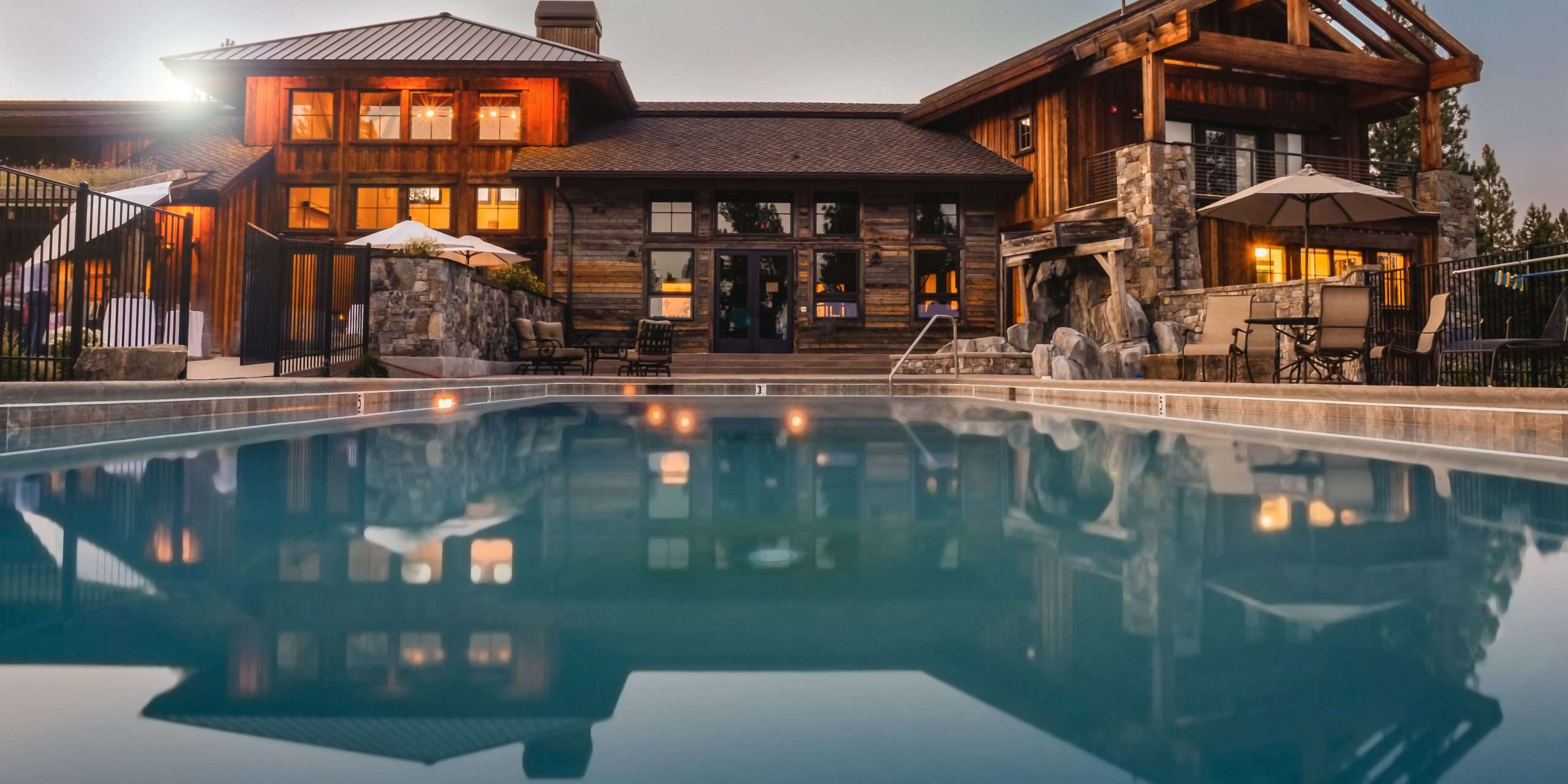Landscape lighting is a powerful tool that can transform the appearance and functionality of your yard after the sun sets. Well-designed outdoor lighting not only enhances the beauty of your landscape but also provides safety, security, and a welcoming ambiance. In this blog post, we will provide a comprehensive guide to landscape lighting design, helping you illuminate your yard with elegance and creating a stunning outdoor environment that can be enjoyed day and night.
Plan and Strategize
Before diving into the actual lighting installation, take the time to plan and strategize your landscape lighting design. Evaluate the features of your yard and identify areas that you want to highlight, such as architectural elements, trees, pathways, or water features. Consider the function of each space and how lighting can enhance its use. Create a lighting plan that balances aesthetics, functionality, and energy efficiency.

Highlight Key Features
Focus on accentuating the unique features of your landscape with carefully placed lighting fixtures. Use uplights to highlight the textures and architectural details of your home or other structures. Employ well lights to illuminate trees, shrubs, or sculptures, creating dramatic silhouettes against the night sky. Consider using path lights or step lights to guide and ensure safe passage along walkways and stairs. By strategically illuminating key features, you can create focal points and add depth to your outdoor space.

Layer Your Lighting
Create depth and visual interest by layering different types of lighting. Combine ambient, task, and accent lighting to achieve a balanced and cohesive effect. Ambient lighting provides overall illumination for the entire area, while task lighting focuses on specific functional zones such as outdoor kitchens or seating areas. Accent lighting adds drama and highlights specific elements of interest. By layering your lighting, you can create a dynamic and inviting atmosphere in your yard.

Choose the Right Fixtures
Selecting the right lighting fixtures is crucial for achieving your desired lighting effects. Opt for high-quality, weather-resistant fixtures that are specifically designed for outdoor use. Consider the style and finish of the fixtures to ensure they complement the overall aesthetics of your landscape. LED lighting is an energy-efficient option that provides long-lasting illumination. Experiment with different beam angles and color temperatures to create the desired ambiance for each area.

Use Lighting Controls
Implementing lighting controls allows you to customize and adjust the lighting effects based on different situations and preferences. Install timers or smart lighting systems that can automatically turn the lights on and off at specific times, enhancing energy efficiency and security. Consider using dimmers or zoning controls to create different lighting scenes and moods. Lighting controls give you flexibility and convenience in managing your landscape lighting.

Embrace Energy Efficiency
Incorporate energy-efficient practices into your landscape lighting design. LED bulbs are highly energy-efficient and have a longer lifespan compared to traditional incandescent bulbs. Opt for fixtures that are Dark Sky compliant, directing light downward to minimize light pollution and reduce wasted energy. Consider using solar-powered or low-voltage lighting options for areas with adequate sunlight exposure. Energy-efficient landscape lighting not only reduces your carbon footprint but also saves on electricity costs.

Landscape lighting design plays a vital role in enhancing the beauty, functionality, and safety of your yard. By planning and strategizing, highlighting key features, layering lighting, choosing the right fixtures, utilizing lighting controls, and embracing energy efficiency, you can create a stunning and inviting outdoor environment that can be enjoyed day and night. Illuminate your yard with elegance, and let your landscape come alive with a captivating glow, turning your outdoor space into a haven of beauty and tranquility.


